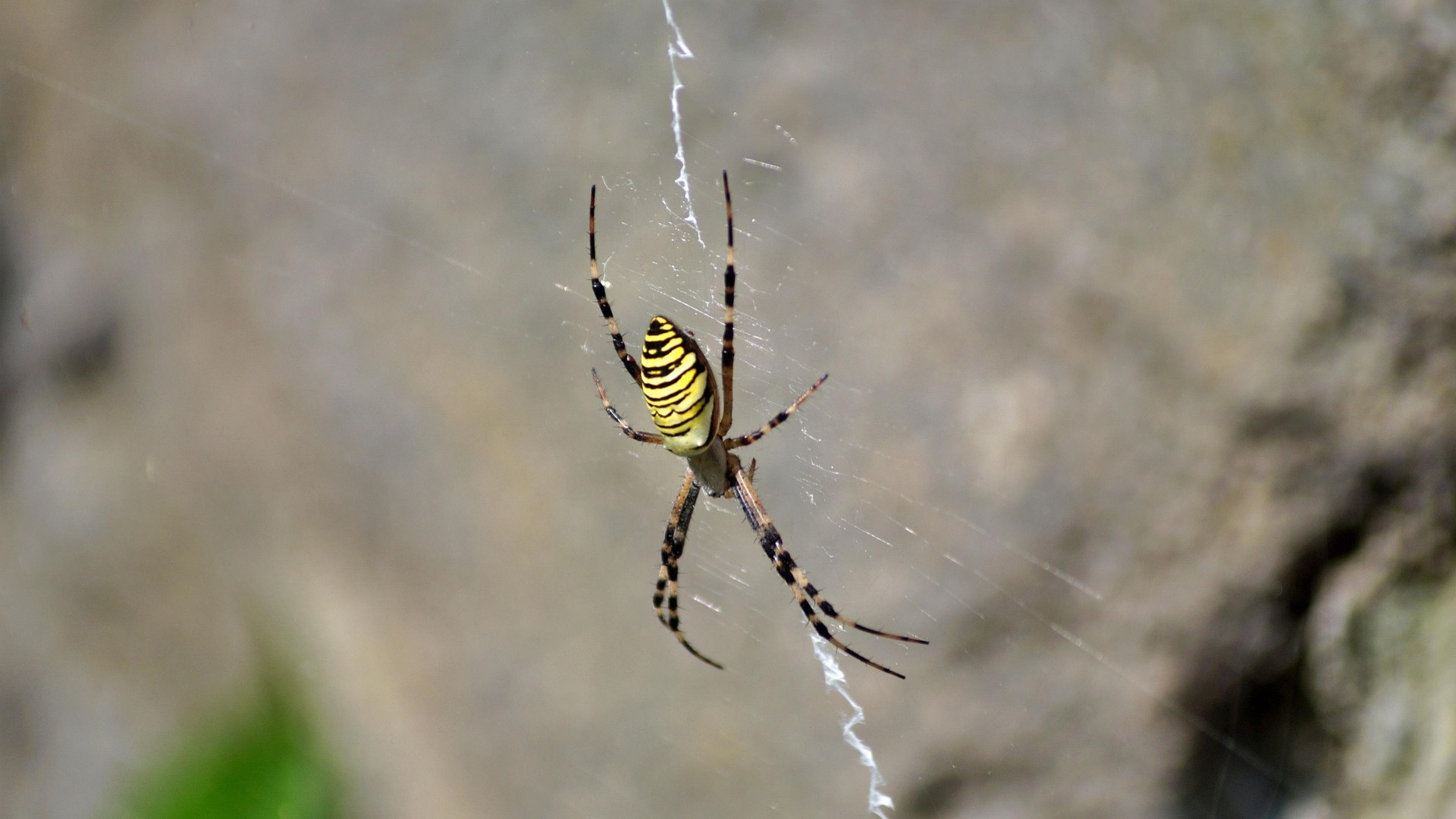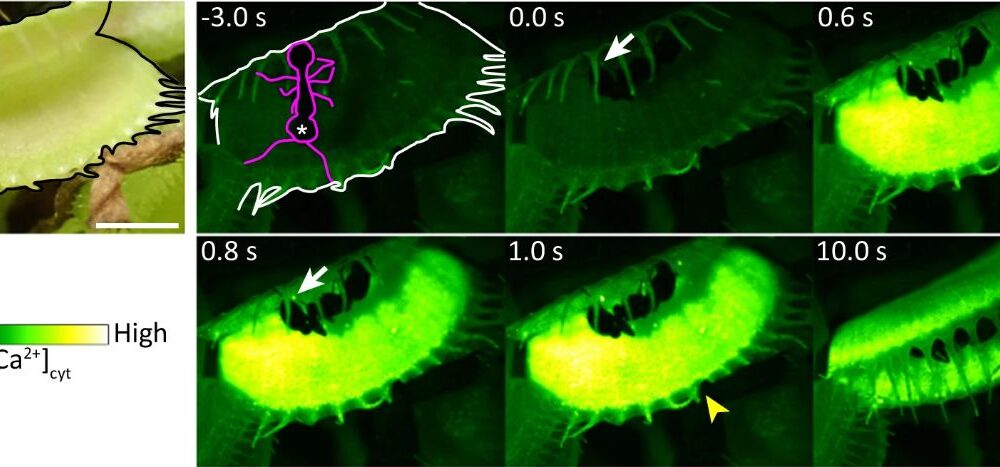Italian researchers have made a significant discovery regarding the purpose of stabilimenta, special threads that spiders weave into their webs. Their study, published in the journal PLOS One, reveals that these structures act as a sophisticated alarm system for detecting prey. This research, conducted in the forests of Sardinia from 2018 to 2020, focused on the spider species Argiope bruennichi, known for its distinctive zigzag patterns in web design.
For decades, the exact function of stabilimenta has puzzled scientists. While many believed they could serve various purposes—such as stabilizing webs, protecting spiders from UV rays, or even attracting prey—this new study offers fresh insights. The research team, composed of experts from esteemed European universities, turned their attention to how vibrations travel through these unique structures.
Unraveling the Mystery of Stabilimenta
Spiders are remarkable architects, constructing intricate webs that can even glow under ultraviolet light. The study of the stabilimentum highlighted a previously underappreciated aspect of these webs. Researchers digitally imaged six different types of stabilimenta and used computer simulations to model how vibrations propagate within the web.
Findings indicated that when prey strikes the web perpendicularly, the stabilimenta do not influence the vibrations. However, when prey becomes ensnared and starts to thrash, the stabilimenta effectively transmit alarm signals across a broader area of the web. This capability allows a spider to be alerted even from a distance, which is crucial for their survival as patient hunters.
According to the study authors, “This study reveals that the decorative stabilimentum in Argiope bruennichi webs is more than just ornament, for it subtly changes how certain vibrations travel through the web.” This revelation underscores the complexity of spider web design and its functional advantages.
Implications for Future Material Designs
The implications of this research extend beyond arachnology. The authors noted that understanding the mechanical role of stabilimenta could inspire the creation of new bio-inspired materials with tunable elastic properties. Such advancements could lead to innovations in various fields, including engineering and materials science.
The researchers combined extensive field observations with advanced modeling techniques to clarify the mechanical advantages of stabilimenta. This robust approach not only elucidates the function of these structures but also enhances our understanding of how spiders utilize their webs for hunting.
As Yahoo News reported, the study highlights the ingenuity of spiders in adapting their web designs for survival. By weaving zigzag patterns, they enhance their ability to detect prey, ensuring they do not miss essential feeding opportunities.
In conclusion, this research represents a significant advancement in our understanding of spider behavior and web architecture. The findings not only provide clarity on the function of stabilimenta but also showcase the potential for applying these biological insights to technology and materials development. The study is available for further review in the journal PLOS One.







